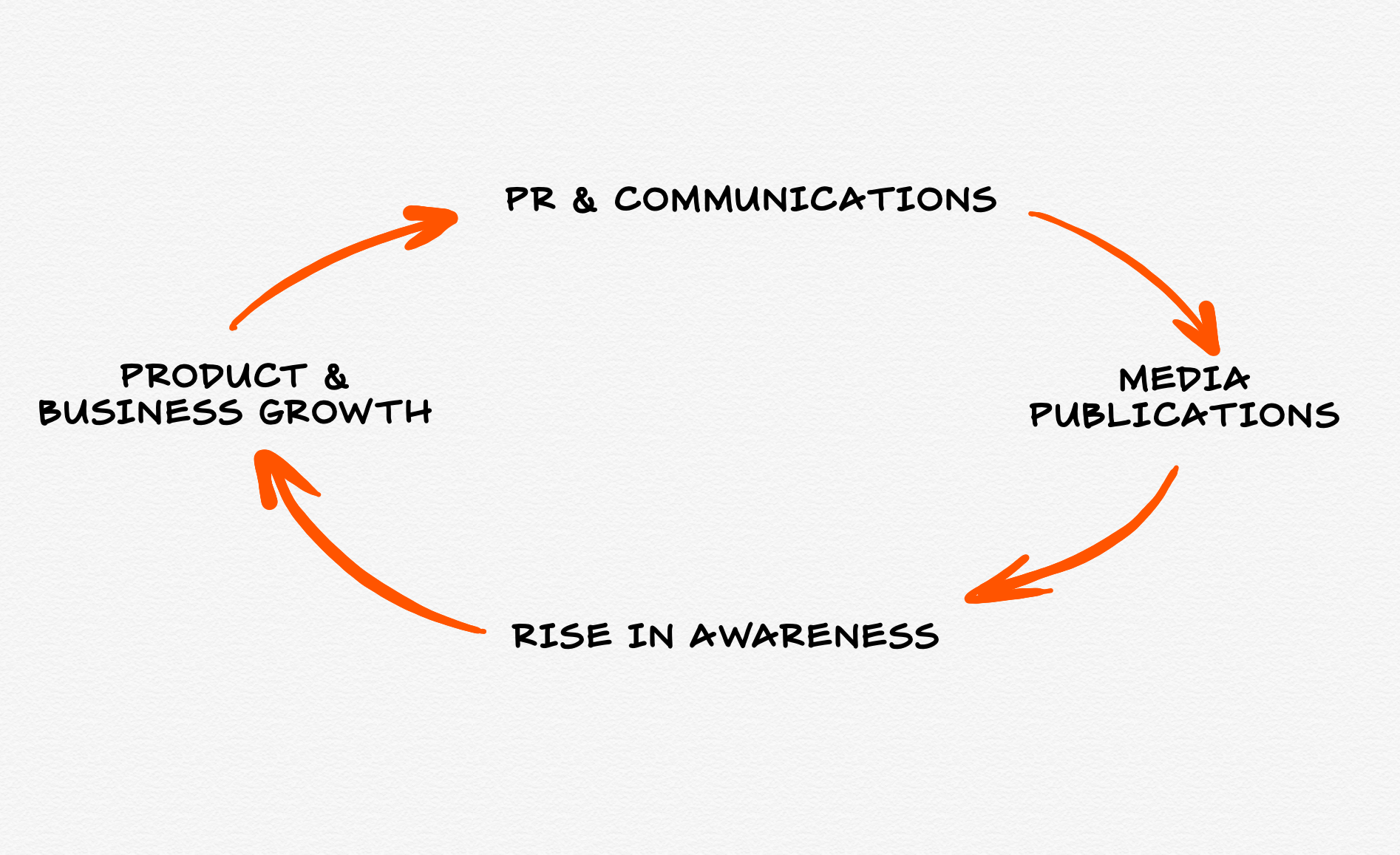Startups comms, essays on tech and five great links each week.
Posts tagged Communications
IMAX is a Superbrand
Superbrands create and control key technology allowing them to break the common laws of branding and put themselves forward. Here's how IMAX put an intro in front of every movie.

Why People Leak to the Media
Why employees at top tech companies risk their jobs to leak secrets—and what it reveals about power, frustration, and strategy.

Going Direct In Communications
People who tell you to go direct and ignore the media often have one thing in common: a large existing audience that makes their job much simpler.

How to Fight a Crisis with PR
Just listened to a podcast with Nikita Bier by Lenny Rachitsky that explained the power of communications very nicely.

The Unsettling Battle Between Media and Technology
There’s a lot of antagonism between the media and tech. But most of it is produced by a small minority of people with outsized voices, so it doesn’t exactly reflect reality.

Communicating with Numbers
If you can find a figure that makes your business more appealing than competitors, you should run with it.

The PR Flywheel: What It Can And Can’t Do For Your Business
People often think that PR and communications alone can help them achieve their goals and end up surprised when it doesn’t move the needle as much as they wanted. In fact, it’s a bit more complicated. PR is only a part of the virtuous circle.

How to Get Media to Cover Your Fundraising
Five years ago announcing your funding round was quite a reliable option to get coverage in the press but it all changed. We ran dozens of announcements in recent months, so I wanted to give you a step-by-step tutorial on how to secure placements for your fundraising in the media.

How to Write Helpful Investor Updates
I've seen hundreds of investor updates and wanted to share the things I learned from them and how you can write a good one.
There's No Such Thing As Crisis PR
Just like a lot of other areas, external communications shouldn't exist on their own. PR is a part of the overall company's strategy and vision. The only way to be properly heard is to be authentic.

The Art of Storytelling
Storytelling is an art that is applied in any area by people working in all kinds of professions. You need to understand it in order sell your products, your ideas, and your own time.

How to Work With Reporters and Get Publications in Media
Even if you don't have resources for hiring a team or even a single person to handle your public relations that doesn't mean your announcement doesn't deserve to be on TechCrunch.
